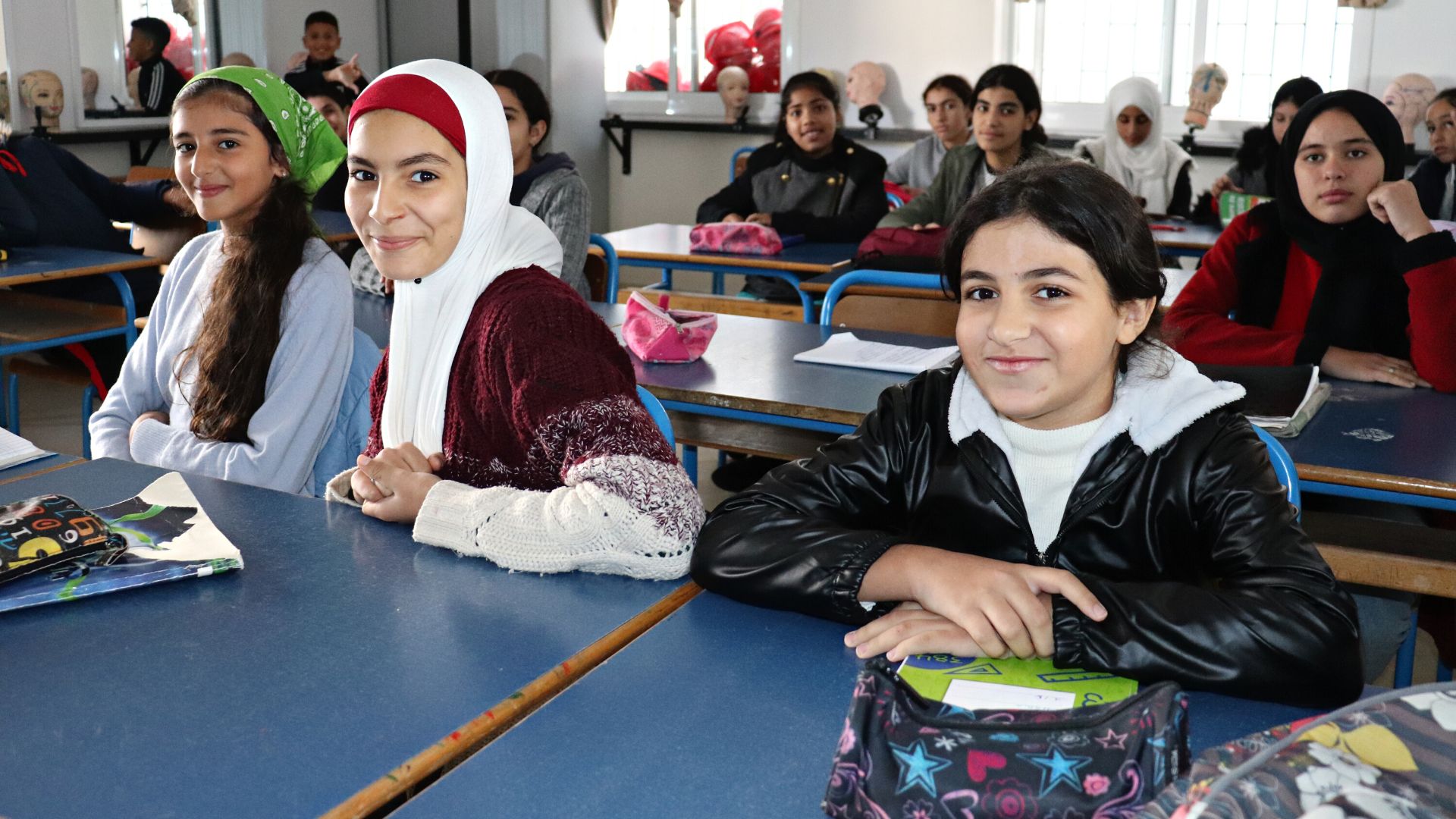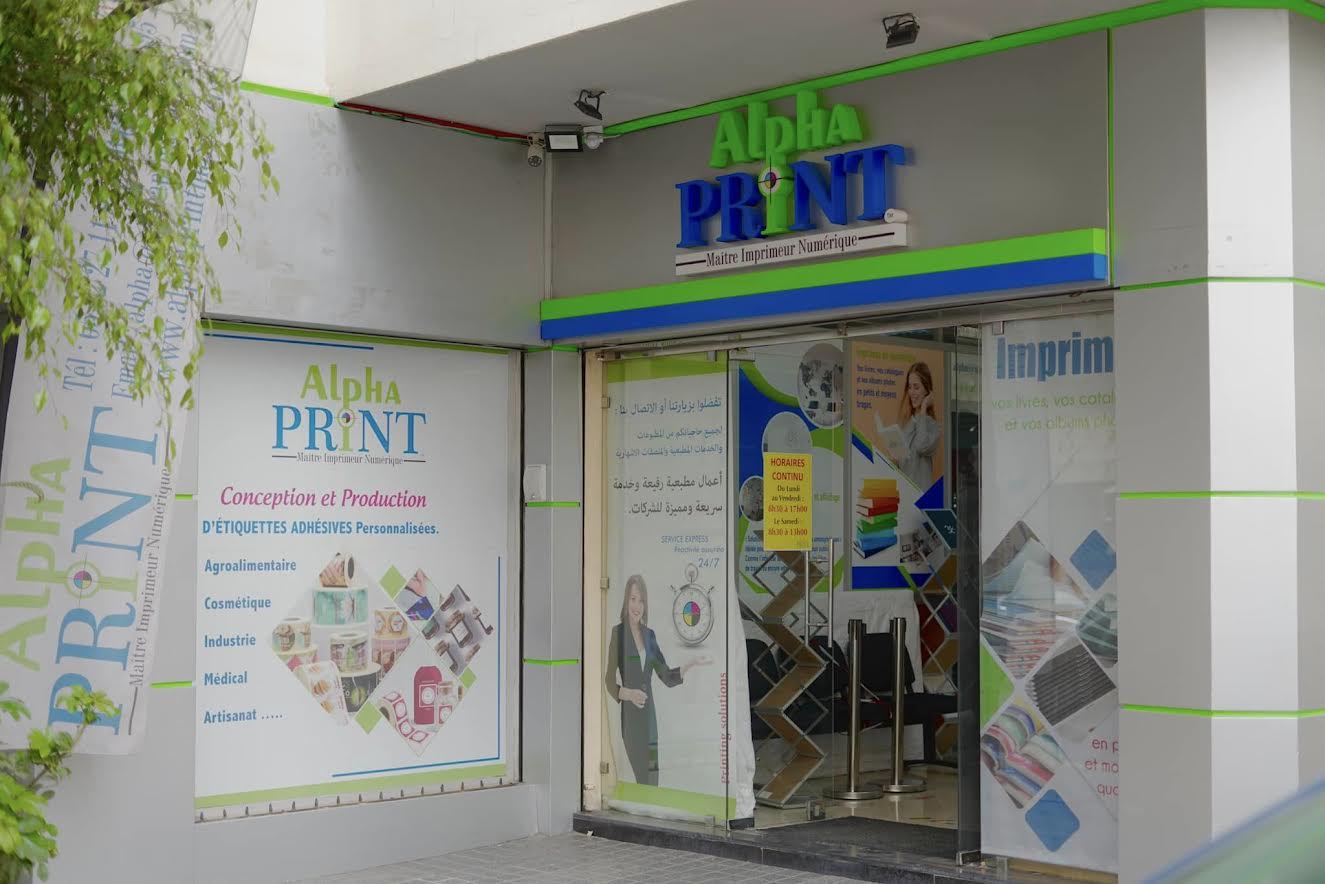 INTERNATIONAL CASABLANCA POSTS
INTERNATIONAL CASABLANCA POSTS
World Bank Report: 66% of Schoolchildren in Morocco Cannot Read
World Bank Releases a new summary note entitled Learning Poverty Brief that points out to 3 major learning problems for Moroccan children and highlights the critical situation of primary education in the Kingdom.
The report begins by a rationale of the study on learning poverty, which is to “help spotlight and galvanize action to address the crisis,” and explains that as far as long and middle income countries are concerned, eliminating is as urgent as eliminating hunger or extreme monetary poverty.
The most shocking revelation of the report is that 66% of schoolchildren at late primary age country-wide are not proficient in reading. This means that they suffer from reading poverty, which the report defines as “being unable to read and understand a short, age-appropriate text by age of 10.”
This is in part, continues to the report, due to the extremely low primary education expenditure per child (1,624 USD per child), which is 70.7% lower than the Middle East and North Africa average.
Learning Poverty is calculated by adjusting the the number of the school children that are below minimum reading proficiency by the proportion of out-of-school children says the report that is led by UNESCO Institute for Statistics
The second finding of the report states that 5% of children in the age of primary education are not even enrolled in schools. In addition, the World Bank reports that 64% of children in primary schooling age perform below the required minimum proficiency as far as the large-scale learning assessment of students in Morocco.
Learning poverty is higher for schoolboys than schoolgirls, states the report, which is the case in most countries. The reason for this is two-fold, the proportion of “Out-of-School children is lower for boys (5.3%) than for girls (5.6%)”, and secondly boys are more like to fail to achieve minimum proficiency level.






